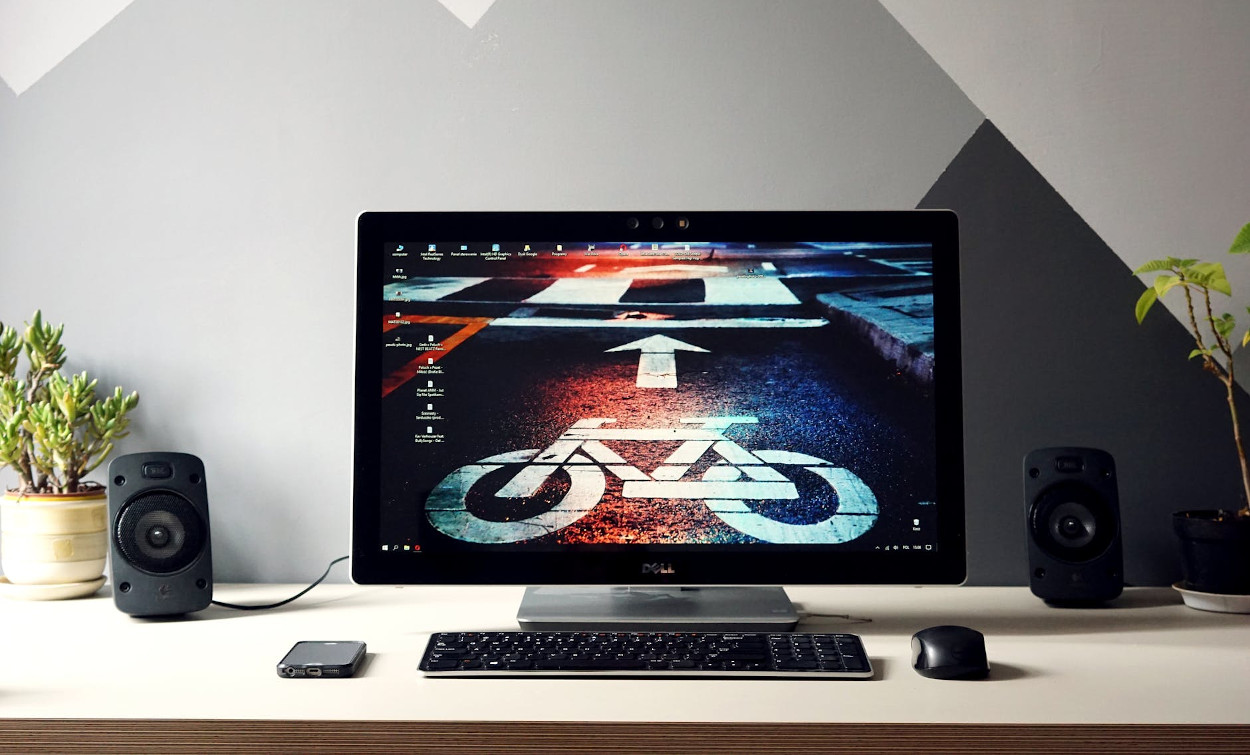Display specifications are often overwhelming. This guide will help you understand complex terms like bit depth, refresh rate, and gamut.
Understand specifications and display conditions

– Resolution, contrast, color space and more Buying a new display has never been so confusing.
With a wide variety of competitive standards and new screen specifications, it’s often difficult to know which product is the best. The same manufacturer can have very different properties and specifications. Therefore, in this article, we have compiled a list of 14 display specifications common to monitors, TVs, and smartphones.
Now let’s see what they mean and which ones to watch out for the most. A Complete Guide to Displaying Specifications Resolution Resolution is by far the most popular display specification these days. Marketing buzzwords aside, a screen’s resolution is simply the number of pixels in each dimension, horizontally and vertically. For example, 1920 x 1080 means the screen is 1920 pixels wide and 1080 pixels high.
In general, the higher the resolution, the sharper the screen, with optimal resolution depending on the intended application. A television, for example, benefits much more from a screen with a higher resolution than a smartphone or even a laptop. The standard resolution of televisions these days is 4K or 3840 x 2160 pixels. It is also known as UHD or 2160p. Finding content in this resolution isn’t difficult Netflix, Amazon Prime, and Disney + offer 4K levels; Smartphones, on the other hand, are a little less standardized. Only a very small percentage of devices like Sony’s flagship Xperia 1 series have a 4K class.
Other high-end smartphones like the Samsung Galaxy S21 Ultra and the OnePlus 9 Pro have 1440p screens. After all, the vast majority of devices under $ 1,000 have 1080p displays. A display with a lower resolution in a compact portable device has two advantages: A display with fewer pixels requires less processing power and is therefore more energy efficient. Check out the Nintendo Switch, which has a miserable 720p resolution screen for easy charging on its mobile SoC.
In this regard, the vast majority of computer monitors and laptop screens are currently at 1080p. 1080p displays are relatively cheaper than their higher resolution counterparts. More importantly, a high-resolution display requires more robust (and expensive) graphics hardware to power it. So what is the ideal resolution? For portable devices like smartphones and laptops, all you need is probably 1080p or even 1440p. It’s only when you approach larger screen sizes that you should consider 4K as a basic requirement. Aspect Ratio is another specification that indicates the physical dimensions of the screen.
However, instead of a precise measurement like resolution, you just get a ratio of screen width to height. A 1: 1 aspect ratio means the screen has the same horizontal and vertical dimensions. In other words, it would be a square. The most common aspect ratio is 16: 9 or a rectangle. Unlike many other specs on this list, one aspect ratio isn’t necessarily better than another. Almost it all depends on personal preferences.
Different types of content are also better suited for a given aspect ratio, so it depends on how you use the screen. Movies, for example, are almost always shot in 2.39: 1. It’s pretty close to most ultra-wide screens, which have an aspect ratio of 21: 9; Most streaming content, on the other hand, is produced in 16: 9 to match the aspect ratio of televisions. Productivity use cases, 16:10 or 3: 2 aspect ratio laptop and tablet screens are increasingly popular.
Microsoft’s Surface series of laptops, for example, house a 3: 2 screen. Aspect Ratio: 9, which means you can see more text or content on the screen without having to scroll. ‘screen.
However, if you multitask a lot, you might prefer the ultra-wide 21: 9 or 32: 9 aspect ratios as you can have multiple windows side by side. Smartphone screens, on the other hand, offer a bit more variety. In extreme cases, you’ll find devices like the Xperia 1 III with a 21: 9 screen. Unsurprisingly, this makes the phone tall and thin. If you prefer a short and wide device, consider a smartphone with an 18: 9 screen.
